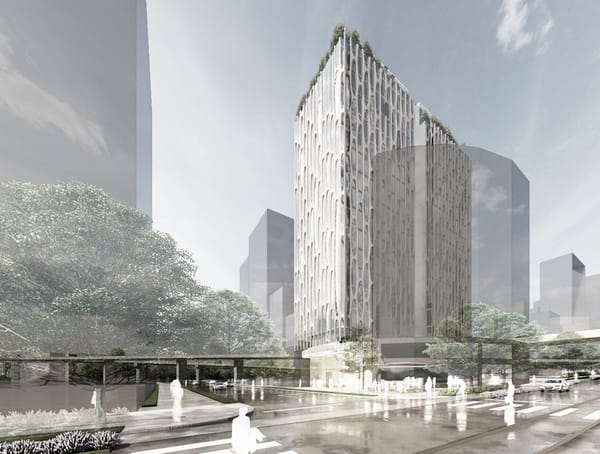What Makes a Good Neighborhood

When most people talk about “good neighborhoods,” they throw out the usual suspects: school rankings, nearby parks, and peacefulness. And yes — those things matter. But in a city like Vancouver, where real estate is expensive and neighborhoods vary block by block, a truly great community goes further than we believe.
Whether you're buying your first condo, upgrading to a family home, or investing long-term, here’s a deeper look at what actually makes a neighborhood great — and how to recognize the signs of one that will stand the test of time.
🌱 1. A Sense of Community, Not Just Convenience
You can’t measure this on a map. Vibrant neighborhoods have people who engage with their surroundings.
Look for:
- Sidewalks that are well-used, and maintained
- Community gardens or pop-up markets
- Local cafés where people actually hang out
- Bulletin boards, events, and active community centers
A “good vibe” is important — it’s a sign that people take pride in where they live. That often translates to better upkeep, safer streets, and higher long-term value.
🧍♂️ 2. Walkability With Purpose
Walkability doesn’t just mean the ability to stroll — it means having meaningful destinations within a 5–10 minute walk: groceries, transit, coffee shops, child care, or a gym.
In Vancouver, neighborhoods like Mount Pleasant, Commercial Drive, or Lower Lonsdale shine because they blend housing with mixed-use infrastructure.
🚶♀️ Walkability = livability = value.
🛍️ 3. Independent Businesses = Economic Health
A street filled with small, thriving businesses is a powerful indicator of a strong neighborhood. It means:
- There's enough local income to support them
- Foot traffic is steady
- The area has identity and character
Think of how Main Street or Hastings-Sunrise has evolved — driven by indie shops, craft breweries, and family-run bakeries, not just chains. These areas build loyalty and community cohesion, which often correlates with higher property desirability.
🚇 4. Smart Transit Access
Being near a SkyTrain line is a huge win — but so is smart, reliable, multi-modal transit. Look at:
- Bus frequency and coverage
- Proximity to future transit expansion (Broadway Line, Surrey-Langley SkyTrain)
- Cycling infrastructure (bike lanes, shared bike stations)
Even if you own a car, having transit options adds both day-to-day flexibility and long-term resale appeal — especially with more buyers going car-free.
🏗️ 5. Signs of Good Planning — and Future Growth
Don’t just look at what’s there. Look at what’s coming.
- Are new mixed-use buildings under construction?
- Are commercial spaces being revitalized?
- Is the city investing in green infrastructure or traffic calming?
Neighborhoods with thoughtful planning and zoning changes often see steady appreciation — because they’re being designed for long-term livability. Watch city plans and public consultation announcements for clues.
🧑🤝🧑 6. Diversity — Cultural, Economic, and Architectural
Vibrant neighborhoods are rarely homogenous. They include:
- Different housing types (condos, townhomes, laneway homes, etc.)
- A mix of ages and backgrounds
- Cultural spaces and multilingual signage
Diverse communities are resilient. They weather economic ups and downs better, and they tend to have deeper social networks — which makes them feel better to live in.
💭 Final Thoughts: A Good Neighborhood Grows With You
The best neighborhoods aren't just the ones with manicured lawns or trendy cafés — they're the ones that offer connection, adaptability, and a sense of place.
When buying, look ahead and ask yourself:
- Can I see myself here in 5–10 years?
- Is this community growing in a sustainable way?
- Will this area continue to support the lifestyle I want?
Because ultimately, you’re not just buying a home — you’re joining a neighborhood.



